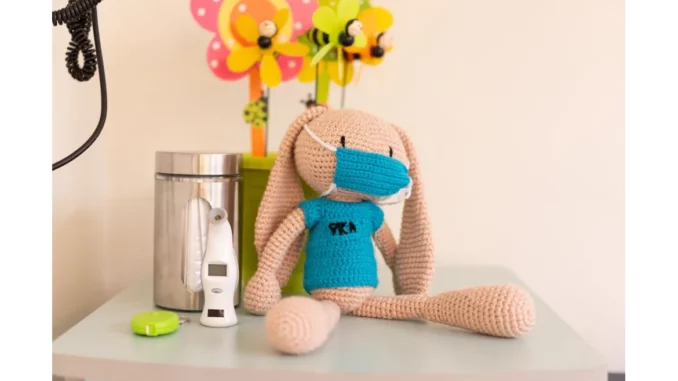
In a transformative step for paediatric healthcare, Children’s National Hospital has joined forces with the U.S. Food and Drug Administration (FDA) in a pioneering five-year collaboration. This partnership, formalised through an agreement with the FDA’s Office of Science and Engineering Laboratories (OSEL) within the Center for Devices and Radiological Health (CDRH), aims to develop regulatory science tools (RSTs) designed to enhance the technical evaluation of paediatric and perinatal medical devices. Historically, the development of medical devices for children has lagged behind those for adults due to a variety of complex challenges. This initiative seeks to address these hurdles, marking a significant advancement in the field.
The path to developing medical devices for children is fraught with unique challenges that differ greatly from those encountered in adult device development. These include the need to account for children’s rapid growth and development, the relatively small market size that often discourages investment, and the lack of financial incentives for companies to focus on paediatric-specific devices. The collaboration between Children’s National Hospital and the FDA seeks to surmount these obstacles by establishing a supportive framework for innovators in the paediatric medical device sector. A primary objective is to generate data to inform the design and development of new paediatric and perinatal device-centred RSTs. By sharing de-identified clinical data and utilising cutting-edge technologies such as multimodal imaging and machine learning, this partnership aims to create a repository of information that can streamline the testing and evaluation of new devices. This data-driven strategy is anticipated to reduce the time and cost involved in bringing new paediatric devices to market, ultimately benefiting children in need of advanced medical care.
Central to this collaboration is the development of an innovative toolset that delineates the characteristics of the paediatric brain and skull. This includes the creation of tissue-mimicking phantoms and a comprehensive tissue properties database, which will serve as public benchmarks for innovators. These resources are intended to enable medical device developers to design and test their devices more effectively, providing a significant impetus to the field of paediatric device innovation. As Kolaleh Eskandanian, Ph.D., M.B.A., vice president and chief innovation officer at Children’s National, emphasises, the initiative aims to offer unprecedented support to medical device developers by granting access to open-source in silico models, datasets, and other essential resources. This approach is expected to lower the financial and research barriers to innovation, allowing a wider community of innovators and entrepreneurs to make meaningful contributions to the field.
Children’s National Hospital brings a longstanding legacy of expertise in paediatric innovation to this collaboration, having been at the forefront of this field for over a decade. The hospital’s extensive network of physicians and researchers, coupled with its substantial experience in data analytics and research, positions it well to support the development of these regulatory science tools. The collaboration with the FDA underscores Children’s National’s unwavering commitment to ensuring that children benefit from the most recent advances in medical technology. By addressing the unmet needs of paediatric and perinatal populations, this initiative offers new hope for children requiring advanced medical care. By fostering a supportive environment for medical device developers, the collaboration aspires to accelerate innovation in the field, ultimately leading to improved health outcomes for children.
The partnership between Children’s National and the FDA represents a visionary stride towards transforming paediatric healthcare. By focusing on the development of regulatory science tools and leveraging state-of-the-art technologies, the collaboration seeks to create a future where children have access to the most advanced medical devices and treatments available. As this partnership unfolds over the next five years, it is expected to lay the groundwork for new breakthroughs in paediatric device innovation, offering long-term benefits to children and their families. Through this collaborative effort, the landscape of paediatric healthcare is set to experience profound changes, promising a future where the health and well-being of children are prioritised with cutting-edge solutions.


Be the first to comment